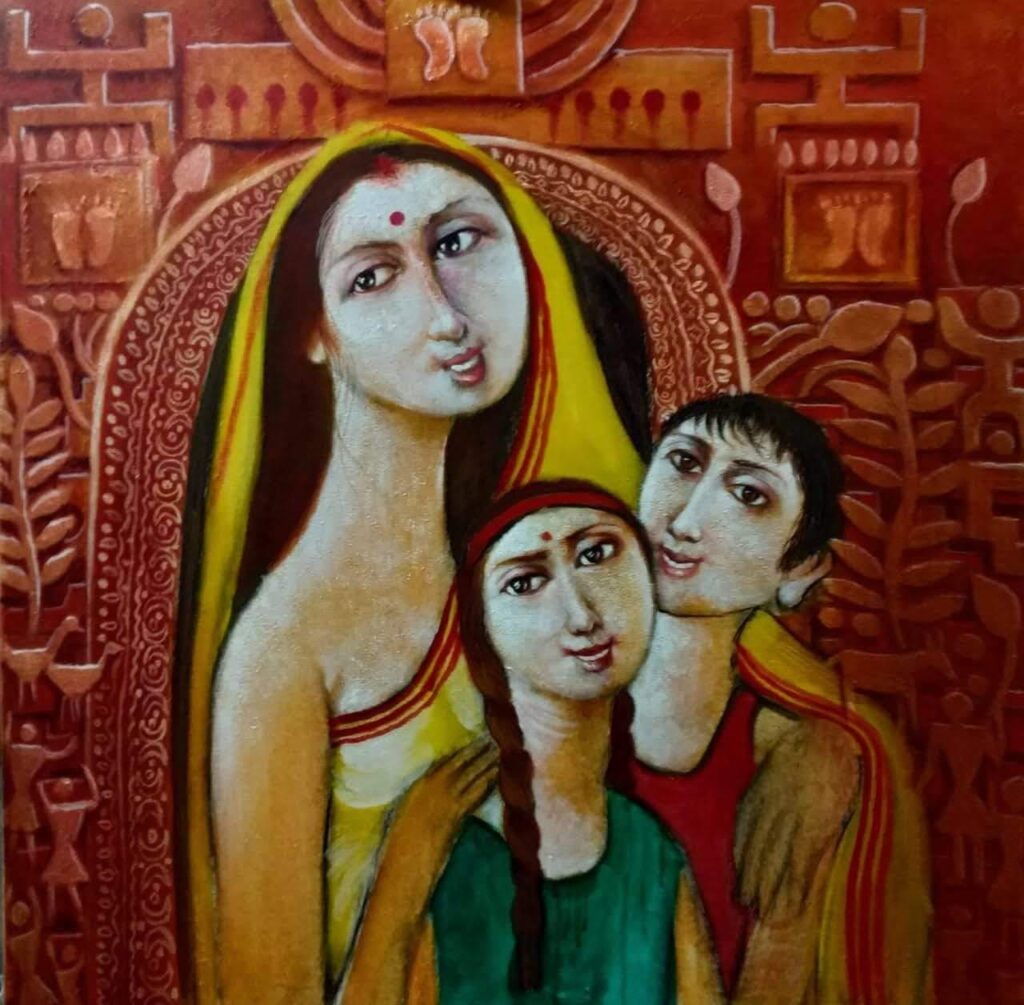
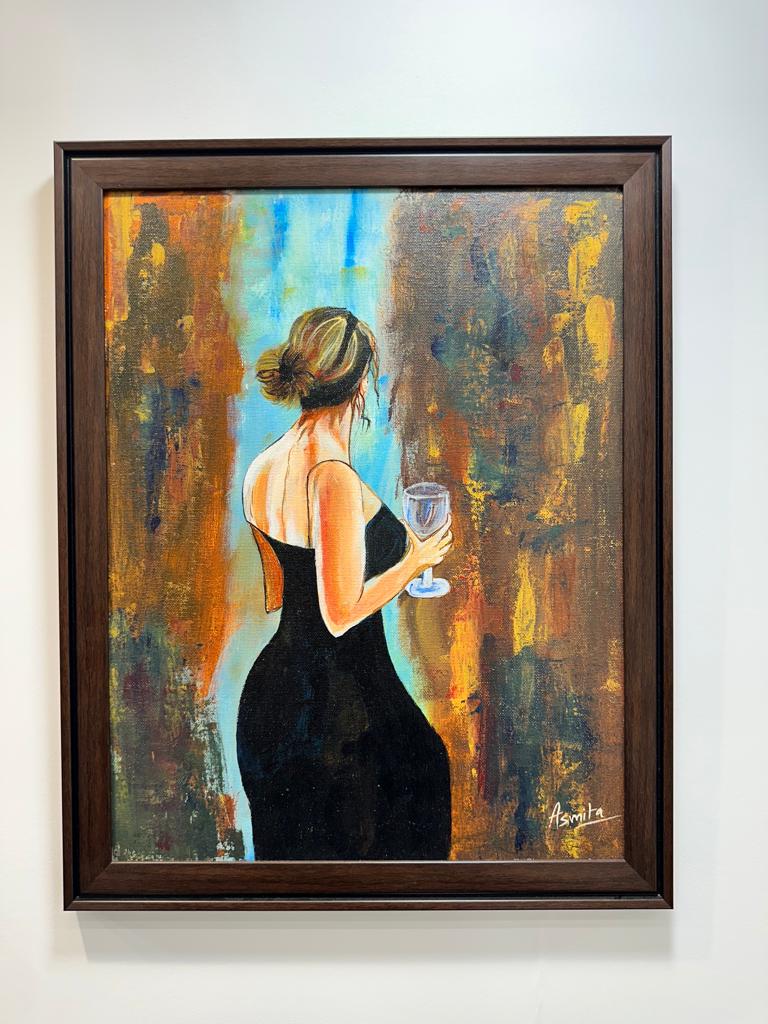
Figurative Art is a profound medium for expressing thoughts and emotions has a unique ability to capture the essence of the human experience. In this blog, we will explore how figurative art empowers the art community to express genuine feelings and connect with audiences on a deeper, emotional level.
Figurative Art: The Power of Figurative Art
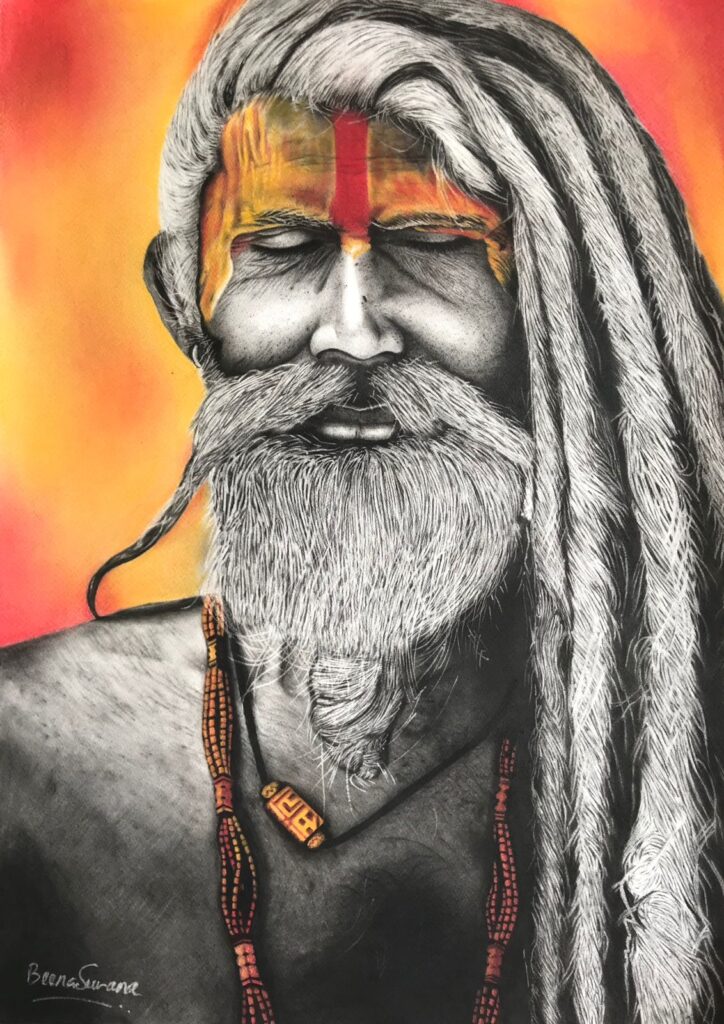
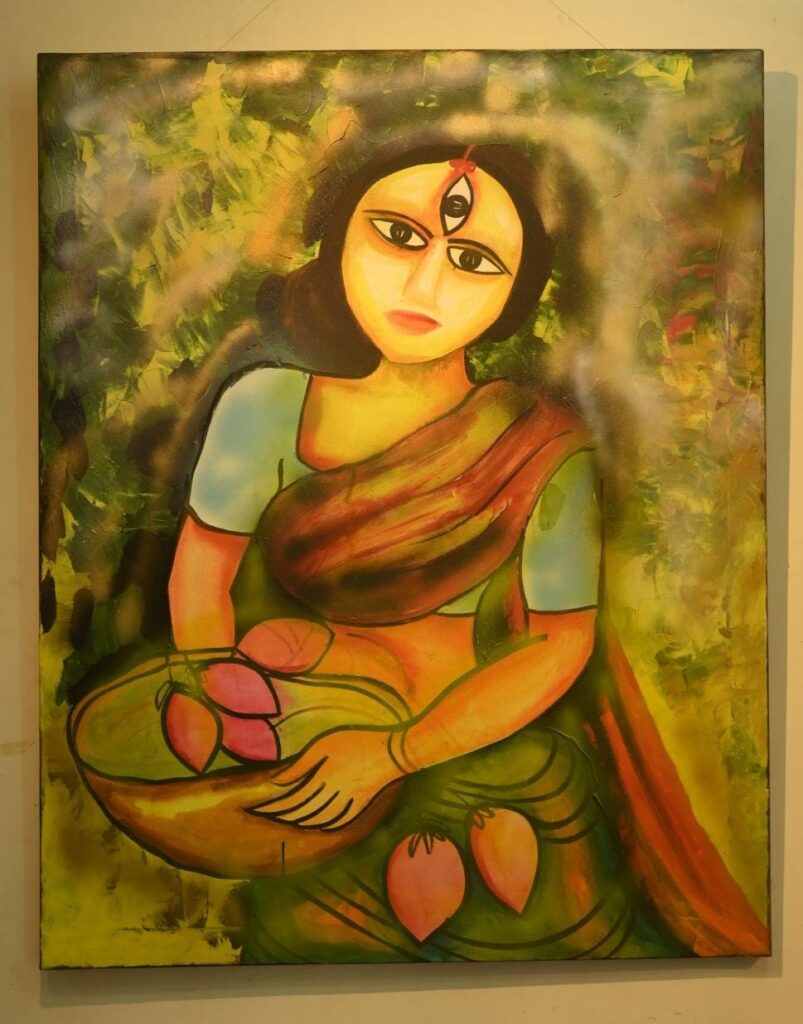
Figurative art centers around the representation of the human figure. It encompasses a wide range of styles, from realistic portraiture to abstract and symbolic depictions. What unites all forms of figurative art is the focus on humanity, emotions, and the human condition.
Emotion in Every Stroke
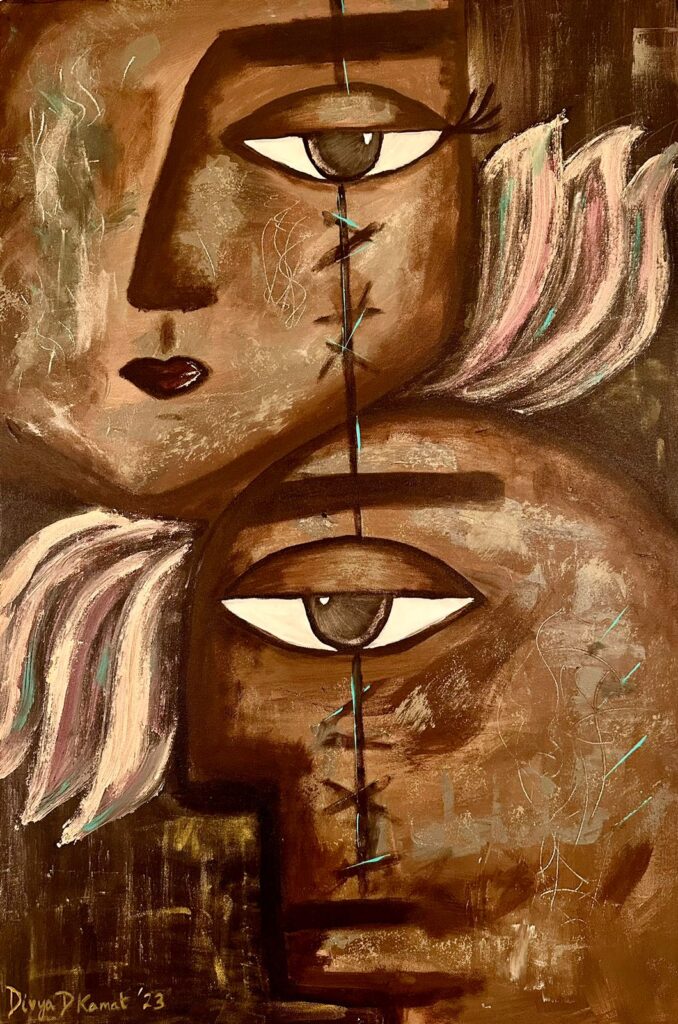

Figurative art captures the essence of human emotion with a level of detail and intimacy that few other forms of art can achieve. Through the careful rendering of facial expressions, body language, and the subtle interplay of light and shadow, figurative artists can evoke a wide range of emotions, from joy and love to sadness and despair.
Stories Told Through Imagery
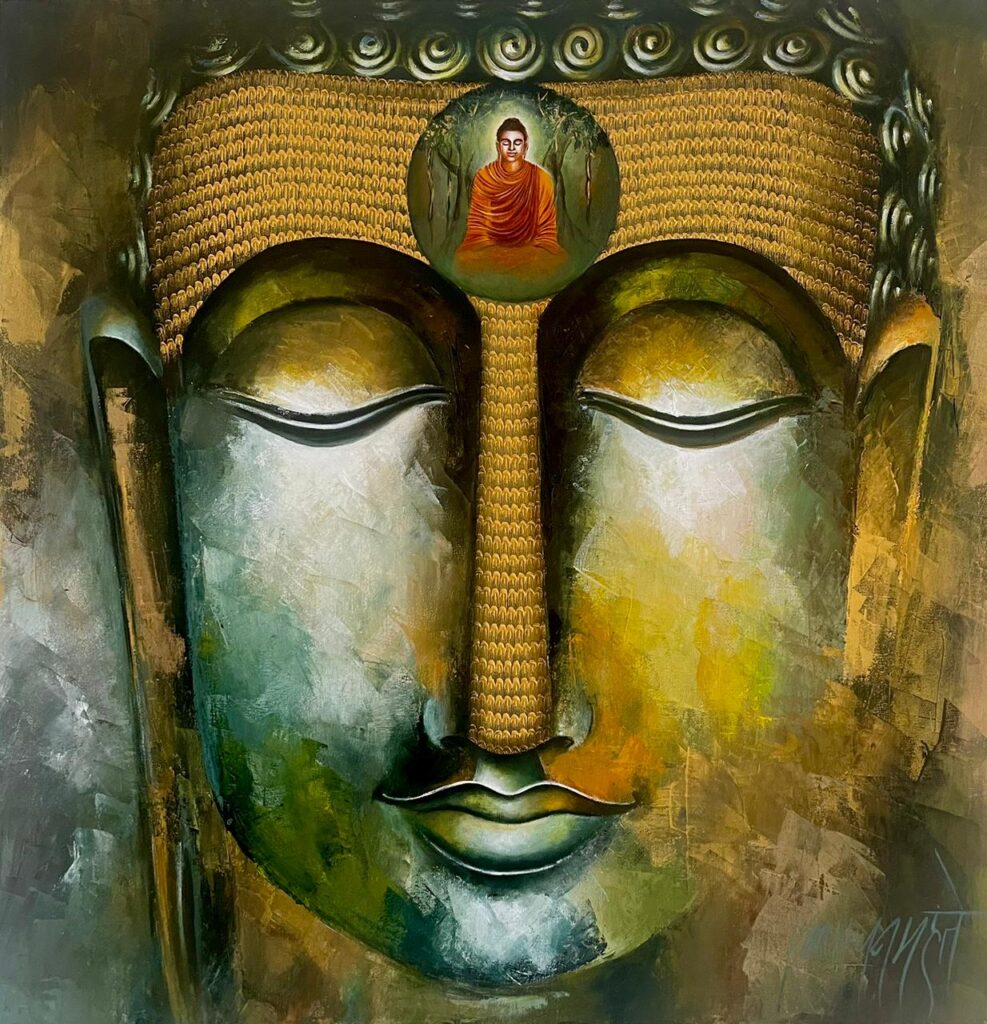
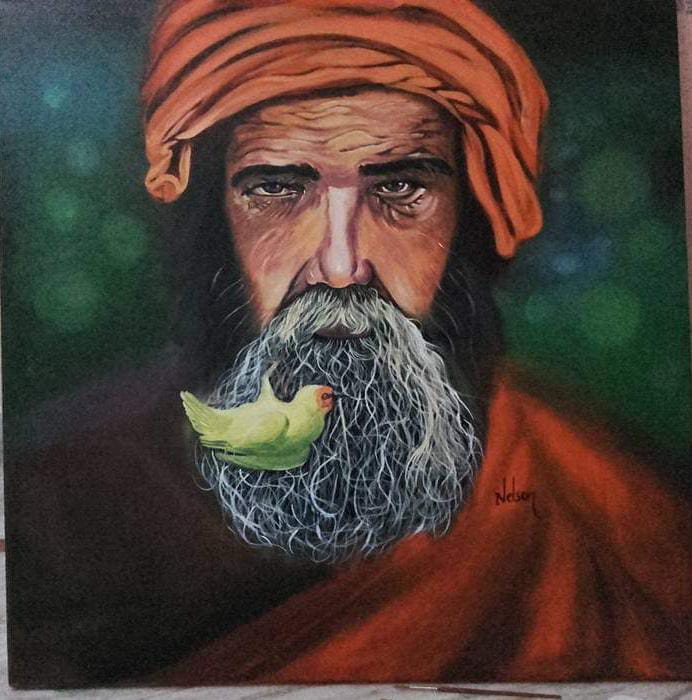
Figurative art has the power to tell stories without words. Each piece becomes a narrative that resonates with viewers. By portraying everyday moments, historical events, or personal experiences, figurative artists can express their true feelings and engage the audience in a shared emotional journey.
A Mirror to Society
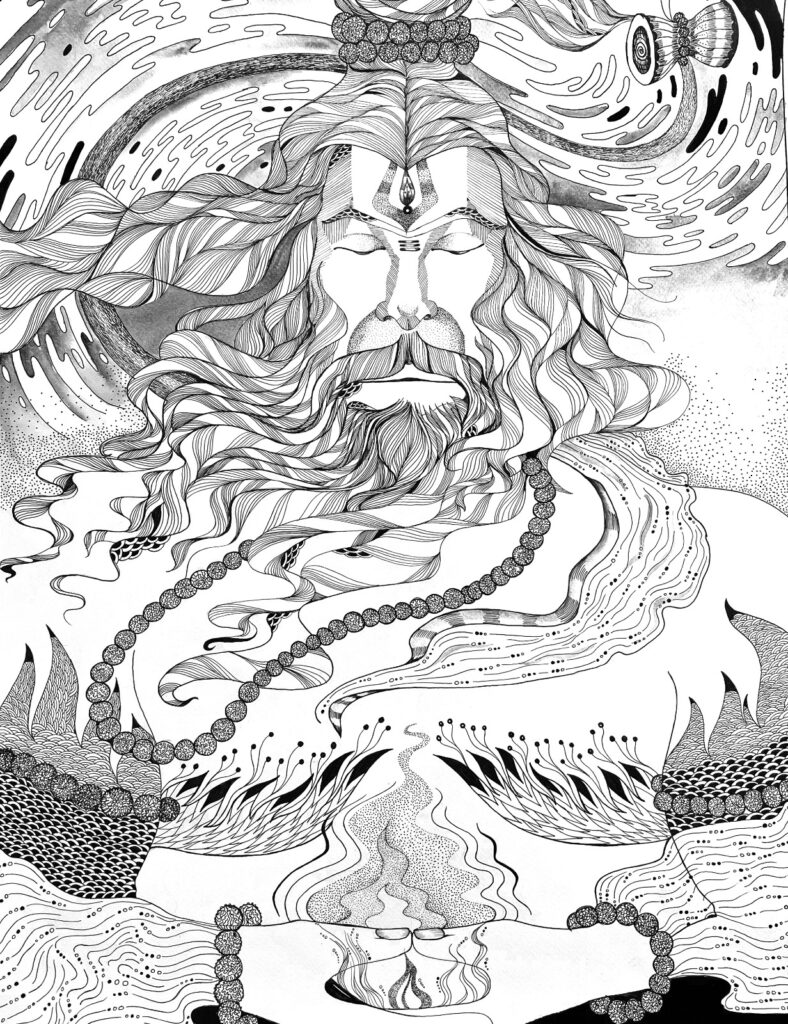
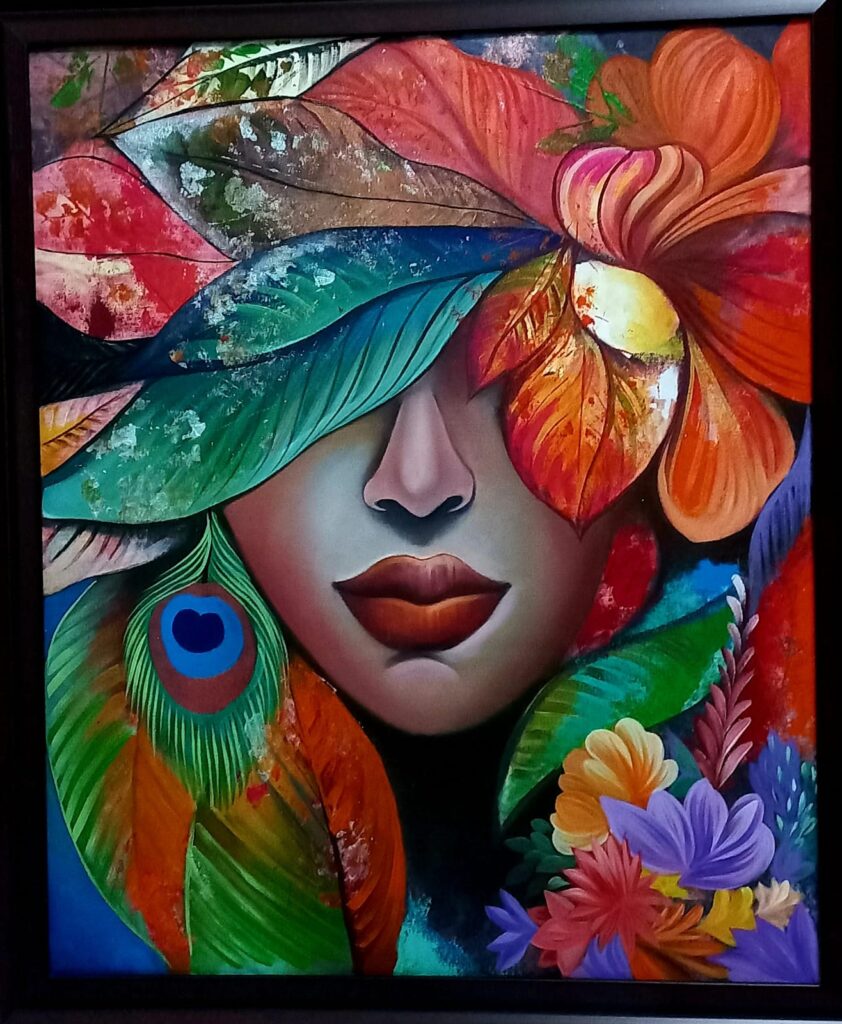
Figurative art often serves as a mirror to society, reflecting the prevailing thoughts, attitudes, and challenges of a particular time. Artists can express their concerns and hopes through their work, addressing important social issues and prompting viewers to reflect on their own feelings.
Building Empathy
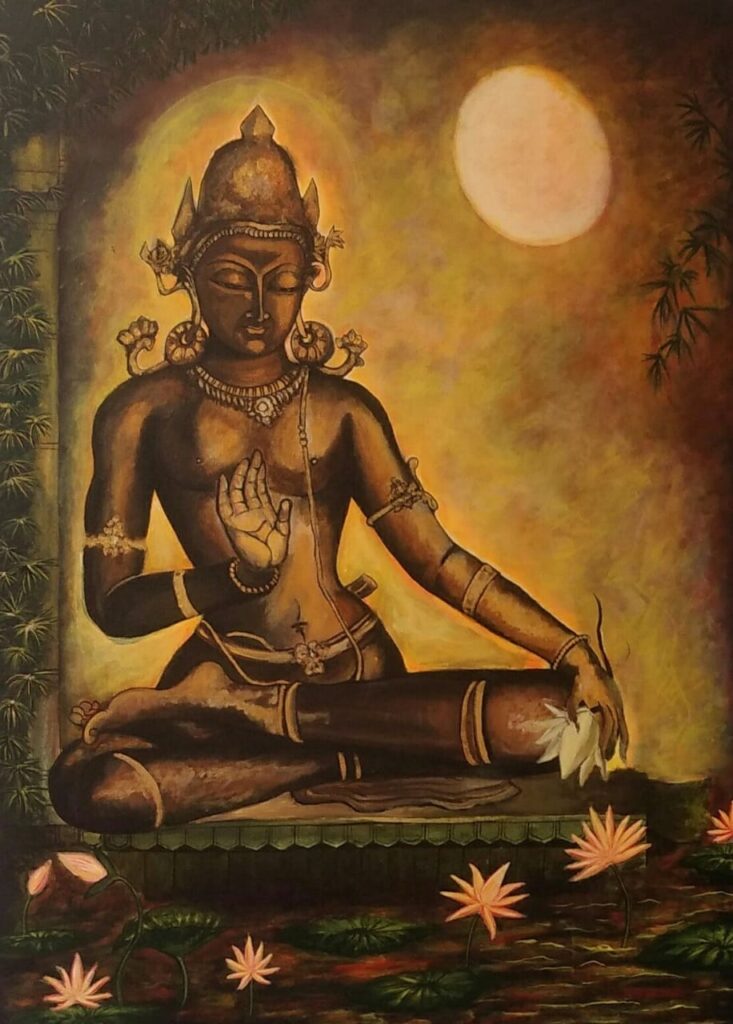
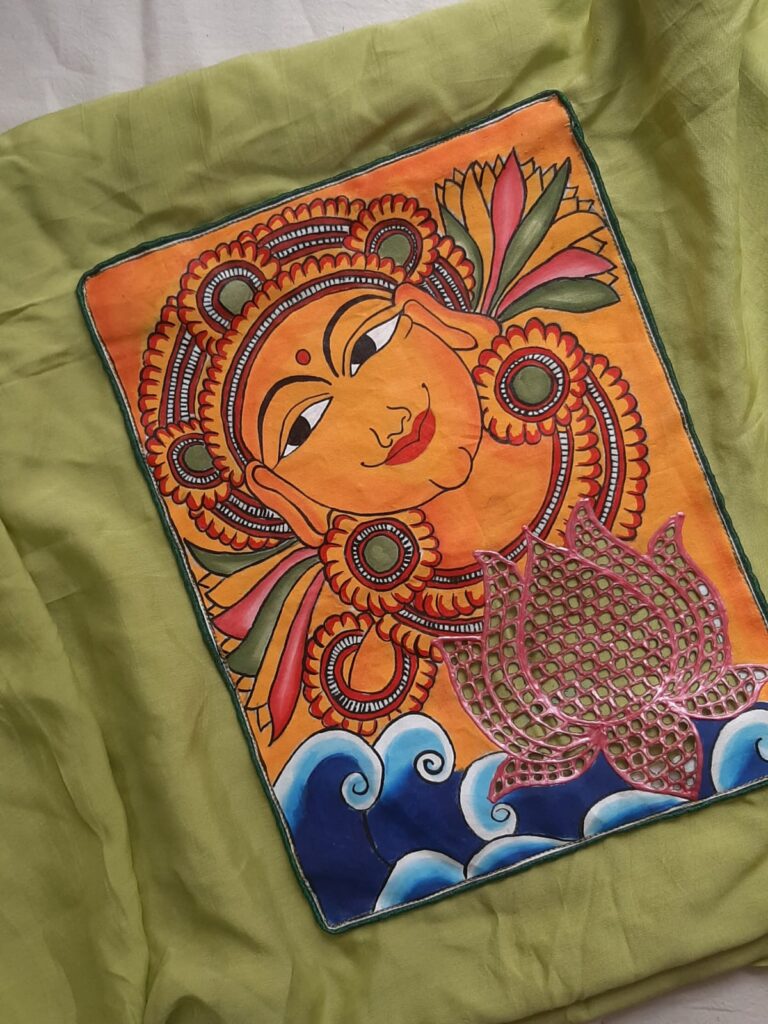
One of the remarkable aspects of figurative art is its ability to foster empathy. When viewers connect with the emotions conveyed in a piece, they can better understand the experiences and feelings of others. This shared emotional connection can lead to increased empathy. A deeper sense of interconnectedness within the art community and society at large.
Personal Catharsis
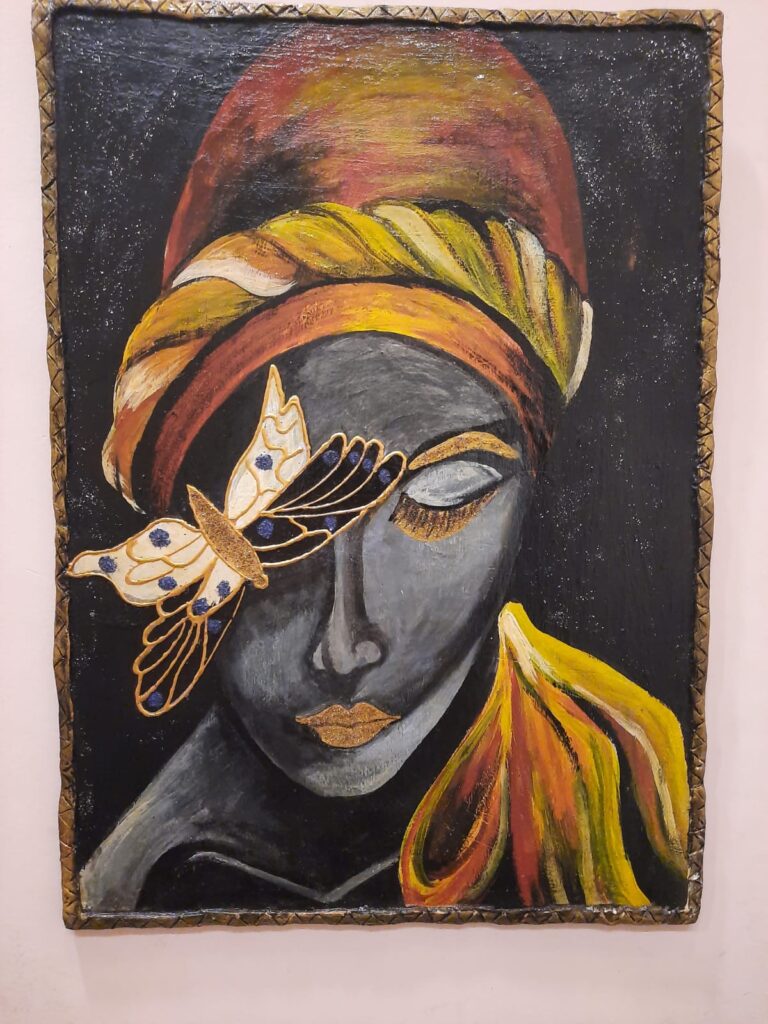
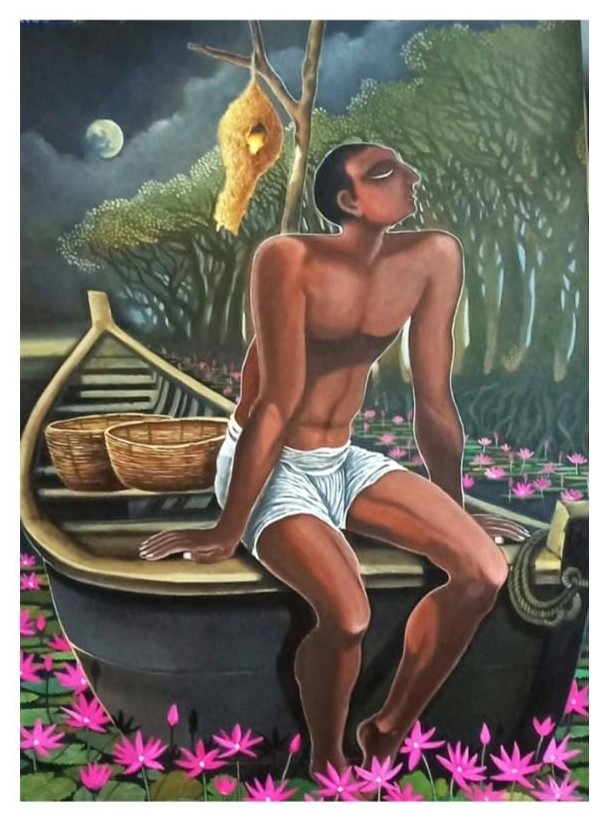
For artists, creating figurative art can be a deeply personal and cathartic process. It allows them to process their own emotions, experiences, and challenges. By sharing their work with the art community, artists not only express their feelings but also invite viewers to find solace.
A Catalyst for Dialogue

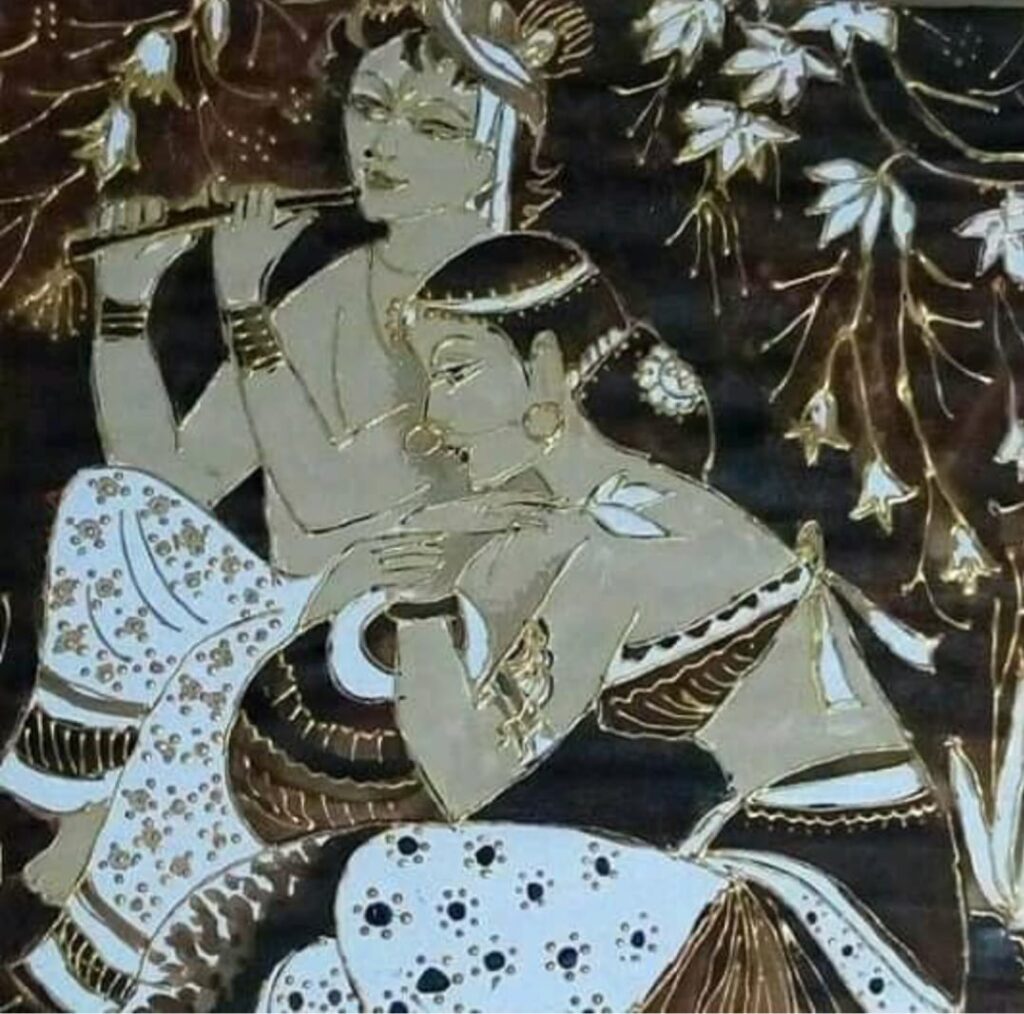
Figurative art often sparks conversations and dialogues about the human experience. Whether through exhibitions, social media, or community gatherings. The art community can come together to discuss the emotional impact of these works, promoting a sense of understanding.
Concluding The Power of Figurative Art
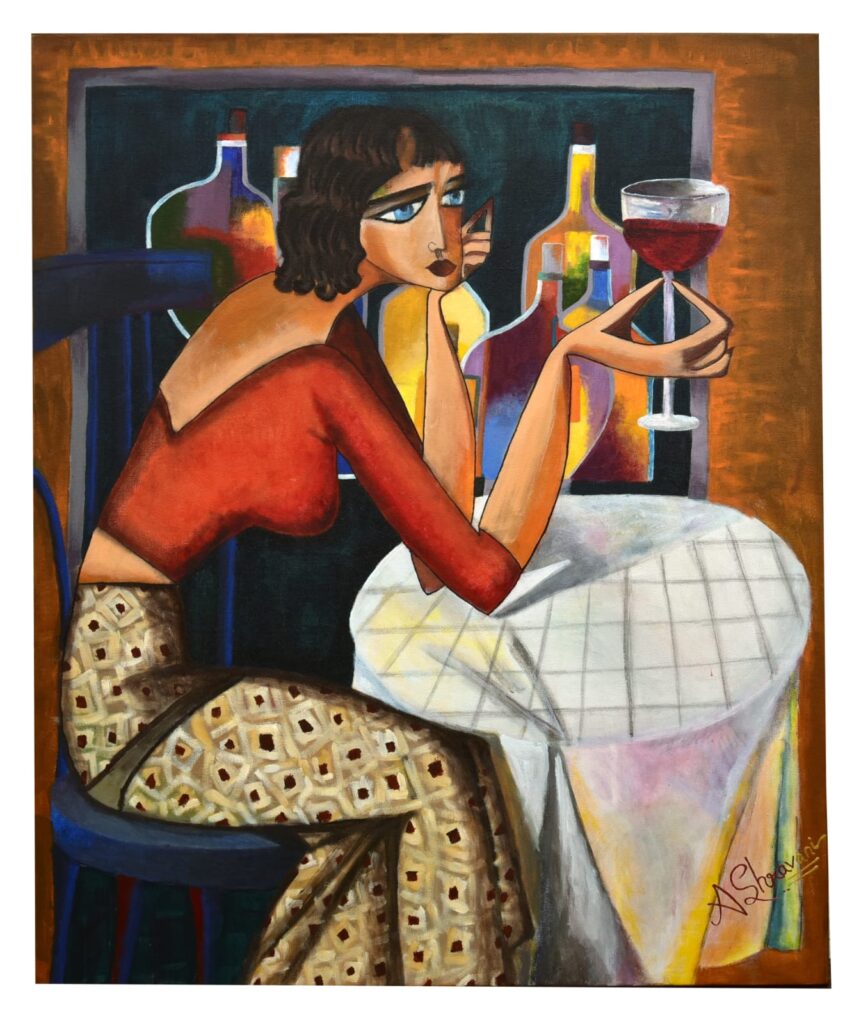
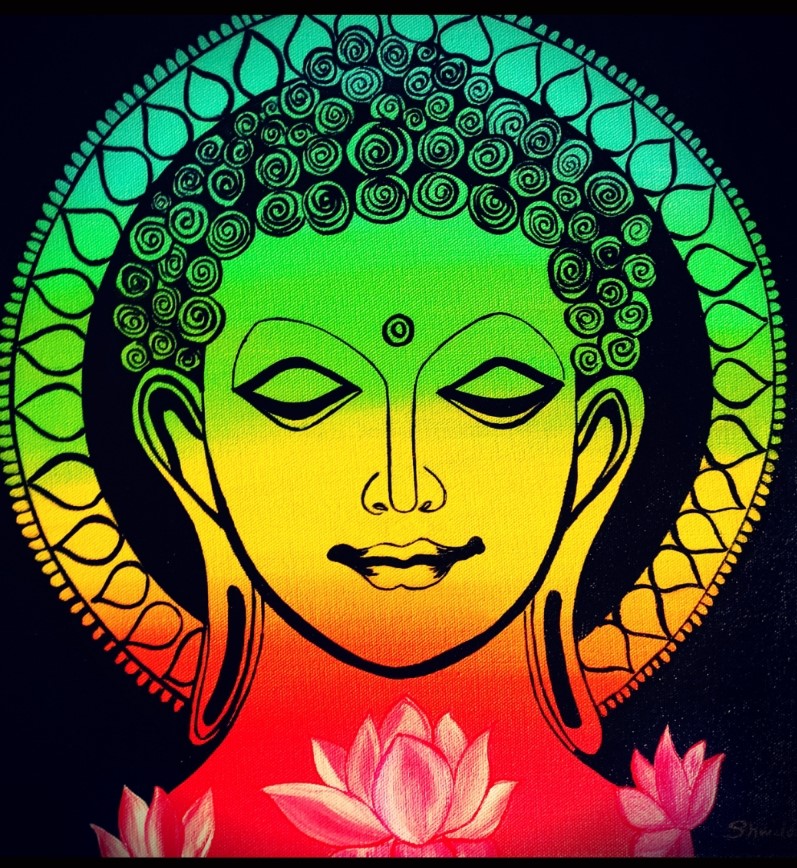
Figurative art is a vital and expressive medium that enables the art community to convey genuine emotions and connect with audiences in profound ways. By capturing the essence of humanity, telling stories, reflecting societal issues, fostering empathy. It provides personal catharsis and serving as a catalyst for figurative art plays a pivotal role in the art world. It reminds us that art is not just about aesthetics it’s about conveying the beautiful tapestry of human emotions. As figurative artists continue to create, they enrich the art community and help us all express our true feelings. To know more click here
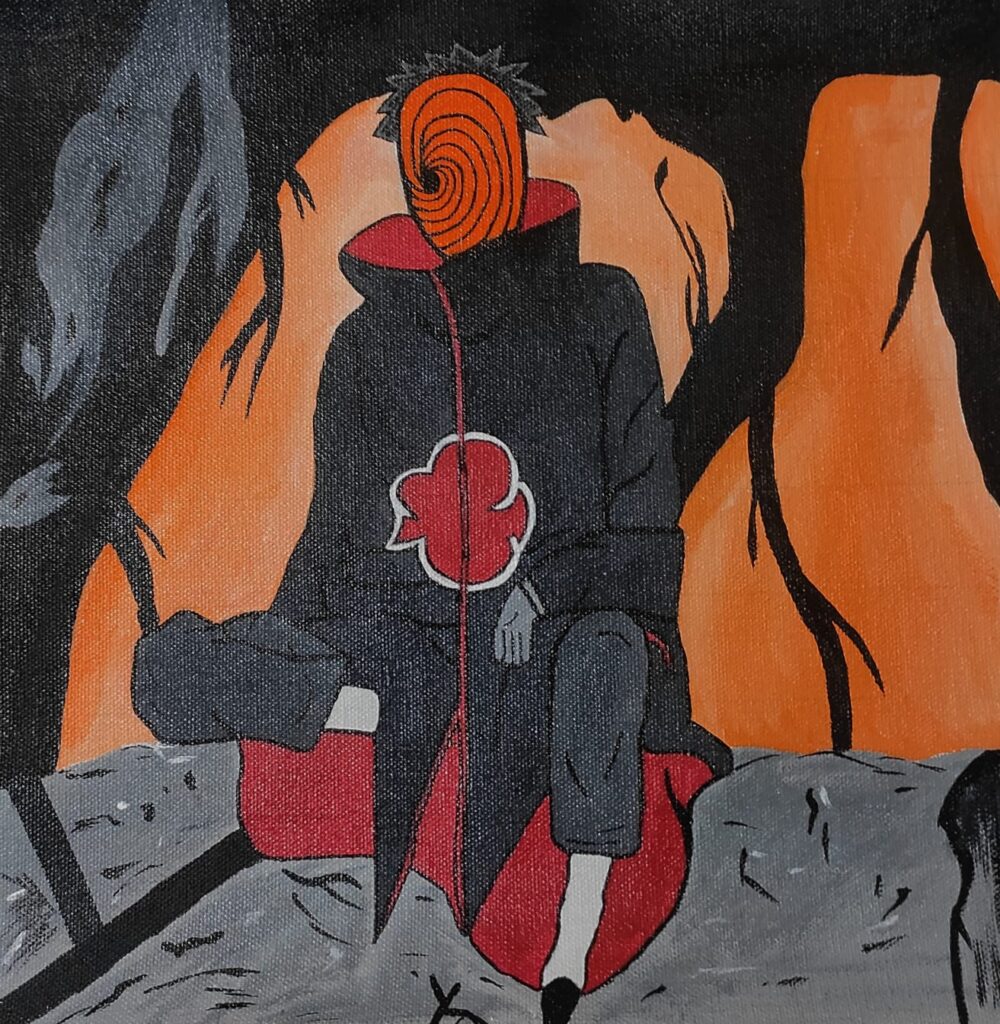
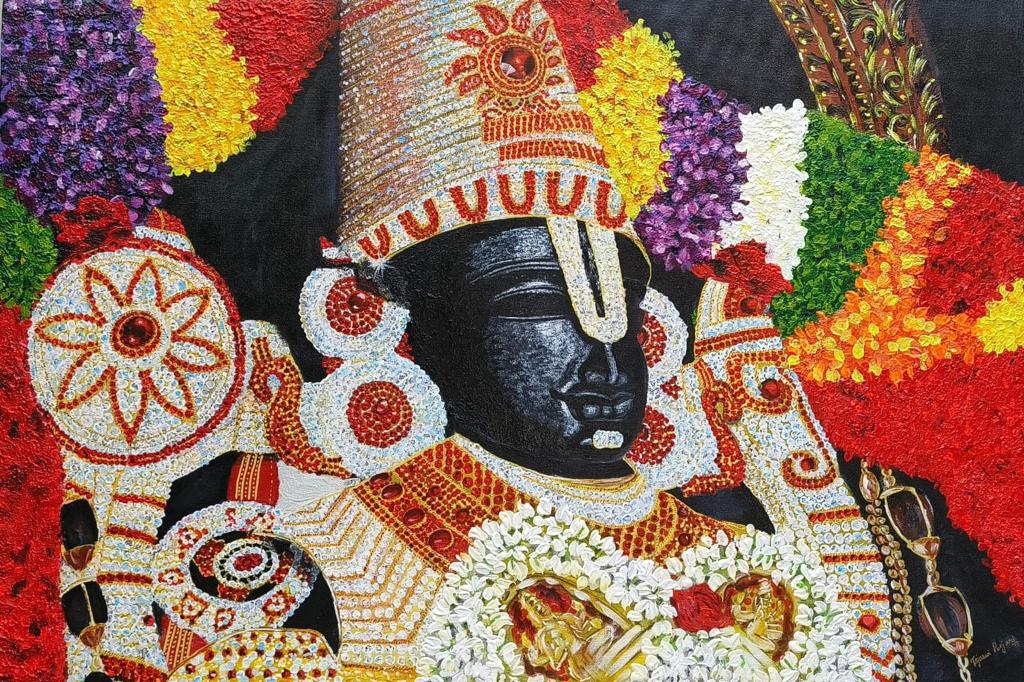

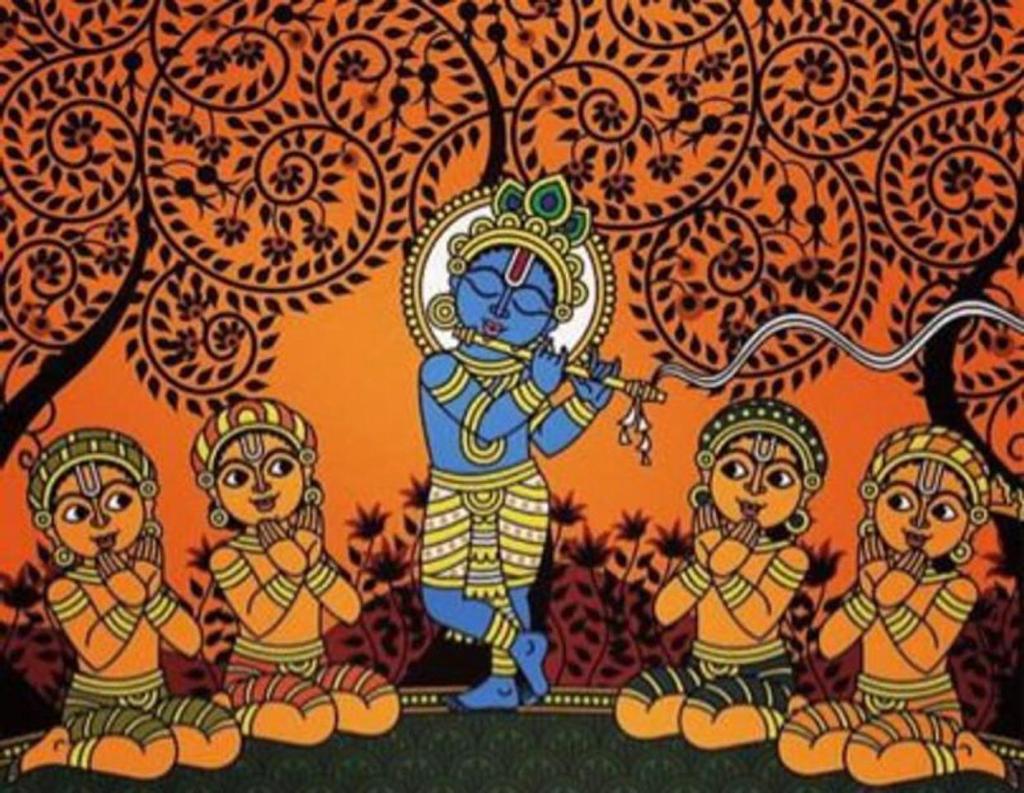






Thank you for the auspicious writeup It in fact was a amusement account it Look advanced to more added agreeable from you By the way how could we communicate
Thanks for the appreciation it means a lot
My brother suggested I might like this website He was totally right This post actually made my day You cannt imagine just how much time I had spent for this information Thanks
Thanks for the appreciation it means a lot